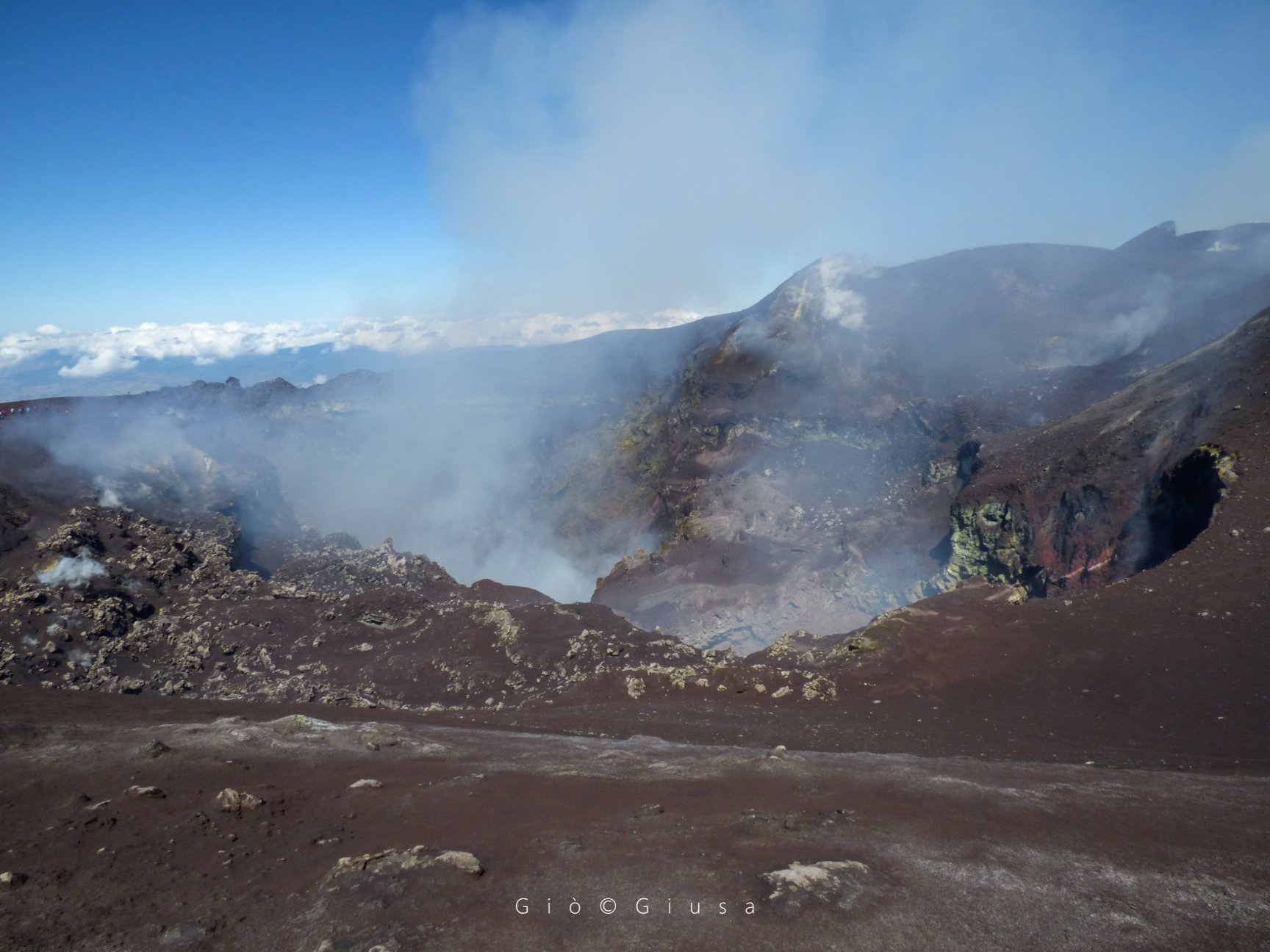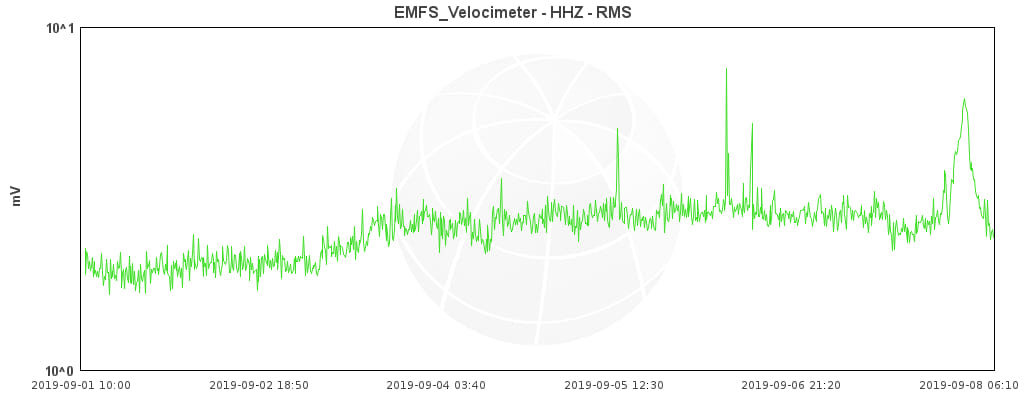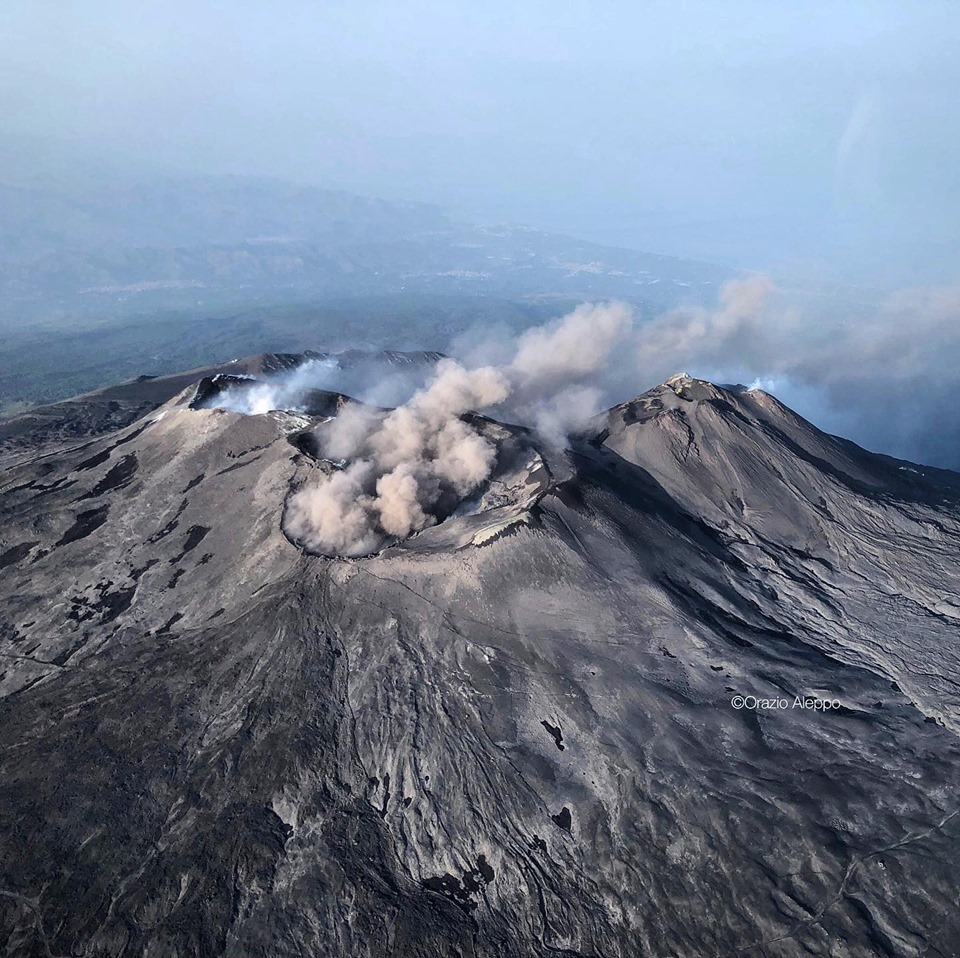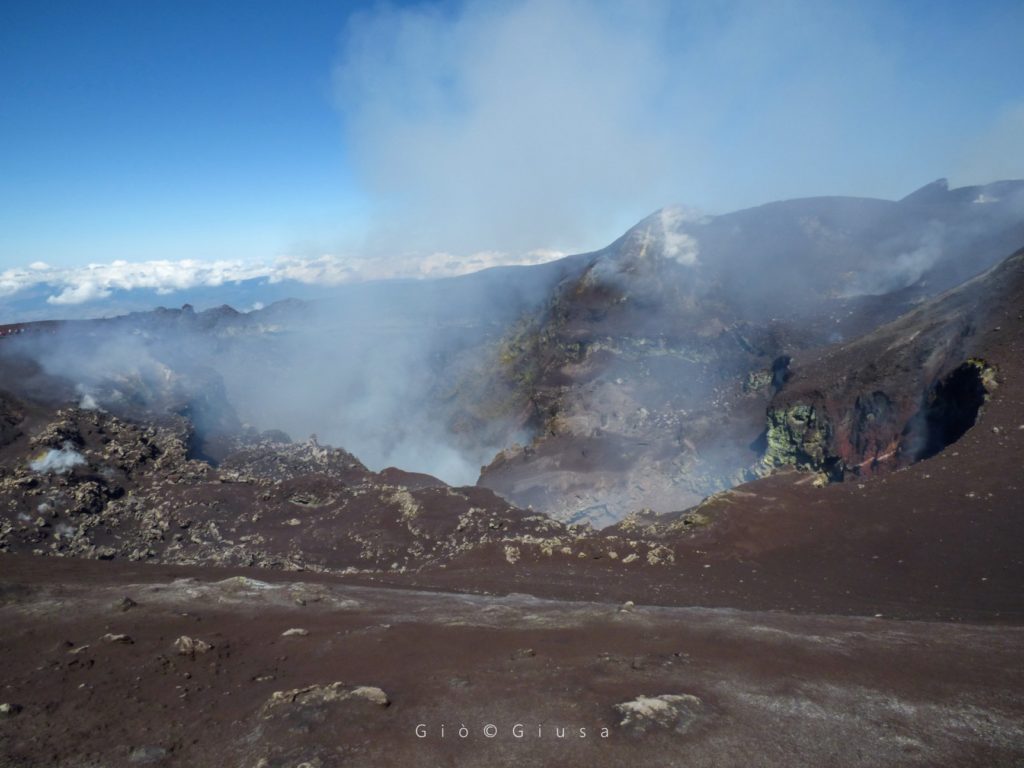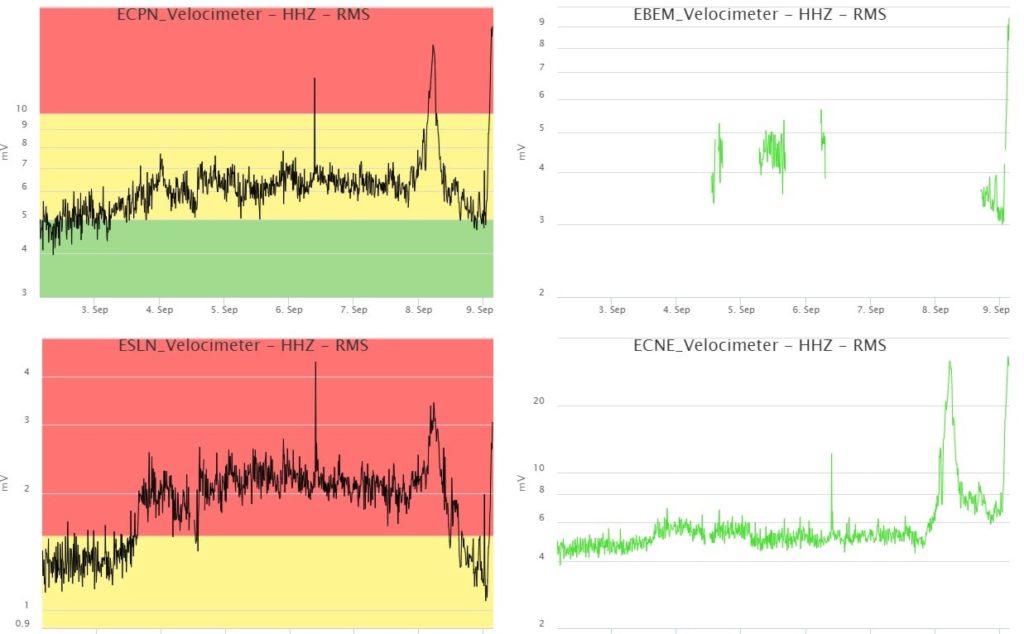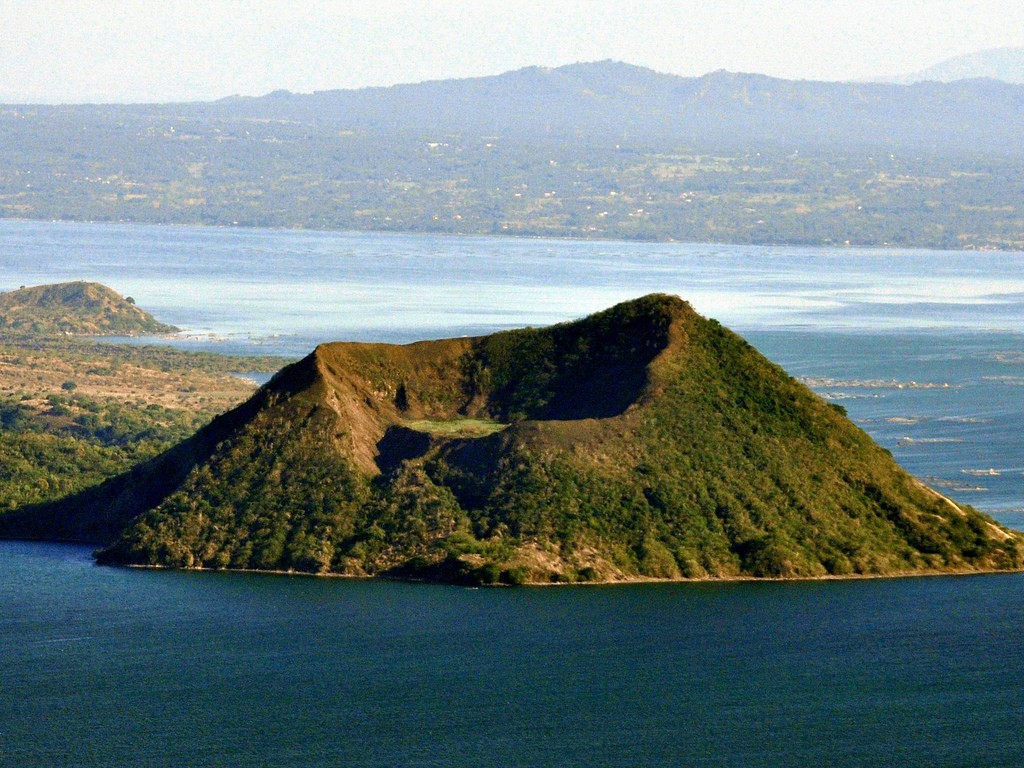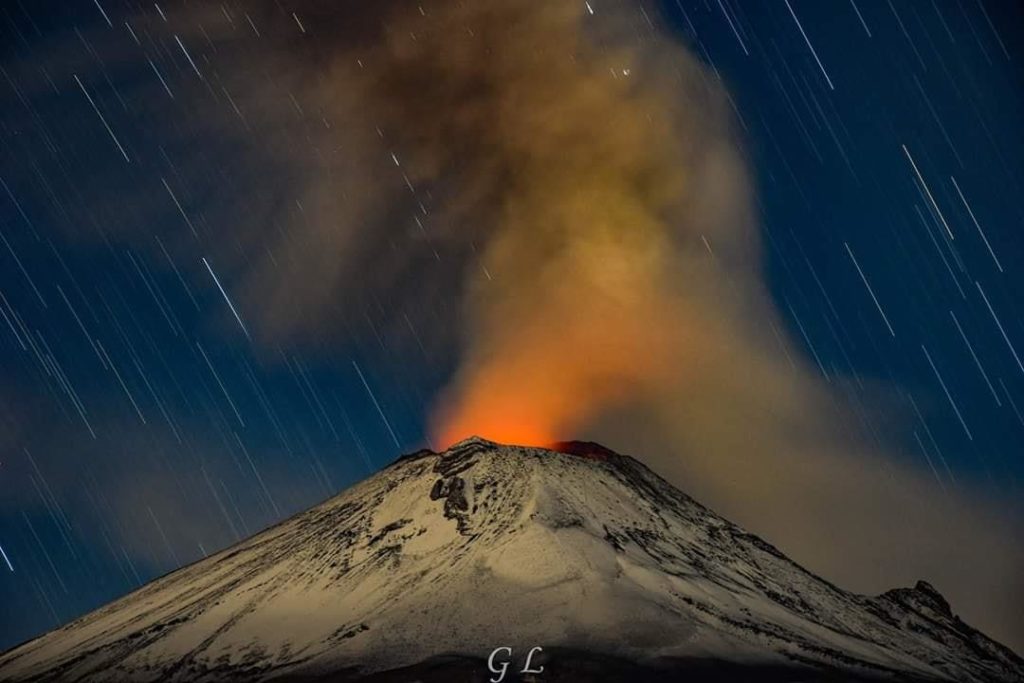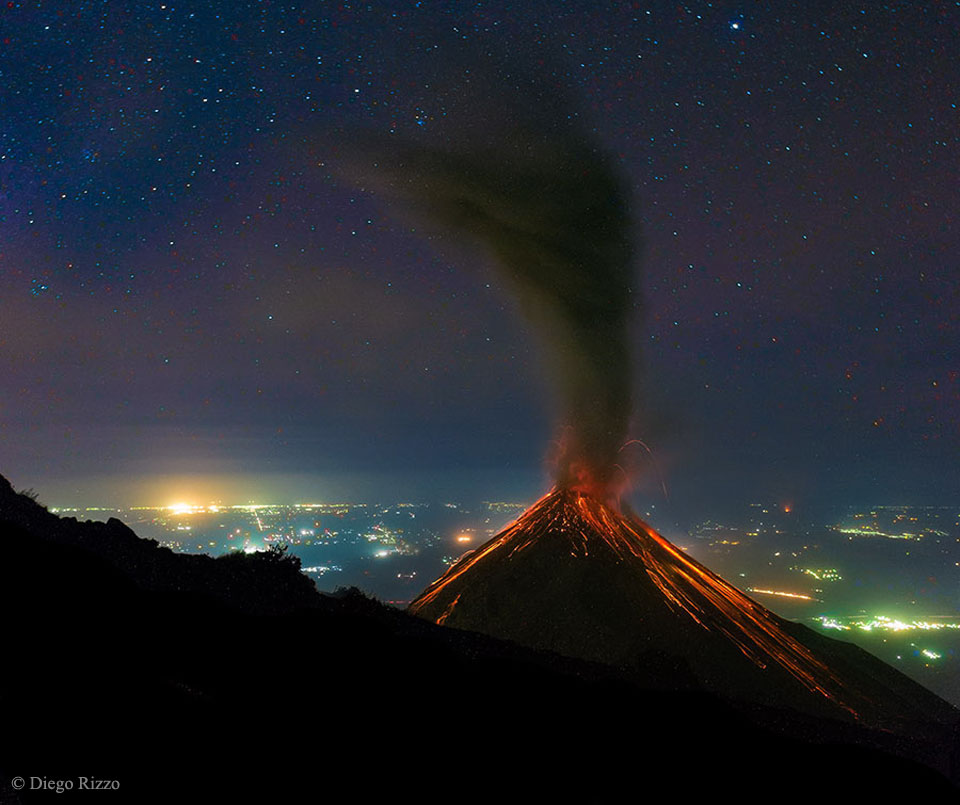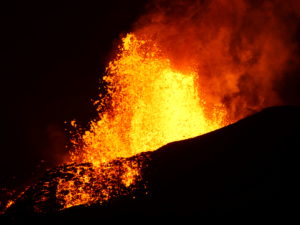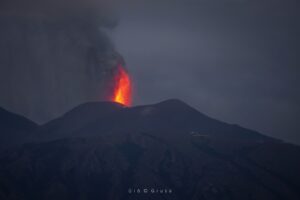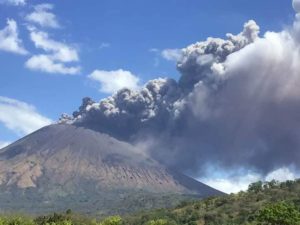September 09 , 2019.
Italy / Sicily , Etna :
COMMUNICATION on the volcanic activity of 08 September 2019,10: 36: 38 (UTC) – ETNA.
The National Institute of Geophysics and Volcanology, Osservatorio Etneo, indicates that in the early morning, using the surveillance cameras of the INGV-OE, an incandescence was observed in the Northeast Crater (NEC). Initially weak and intermittent, gradually it became more intense and continuous. At dawn, low ash emissions, very diluted from the same crater, were visible.
The vulcanological guides have observed a continuous strombolian activity in the NEC, with fragments of incandescent jets above the edge of the crater; this activity has reached its maximum intensity between about 7:00 am and 8:00 am (local time). During this period, explosions were also heard in villages on the eastern side of Mount Etna. After about 8:30, the activity decreased and the sounds became less loud.
The flow of SO2 measured through the FLAME network indicates an increase between 4:30 and 5:30 UTC which placed the flow at a medium-high level. From 6:00 UTC, the values showed a gradual return which, at 10:00 UTC, indicated the average daily flow at an average level below the attention threshold of 5,000 t / d for Etna’s degassing regime.
The tremort level, after a temporary increase starting at 04:45 UTC, returned to previous values. However, the size of the tremors remains high.
The location of the tremor sources has shown a fluctuation between craters NE and SE, they are currently located in the SE crater area at a depth of about 3000.
COMMUNICATION on volcanic activity from 09 September 2019 to 02:49:46 UTC (04:49:46 local time) – ETNA.
The National Institute of Geophysics and Volcanology, Osservatorio Etneo, announces that the monitoring networks recorded a sudden change in the monitored parameters at 04:49 (02:49 UTC).
In particular, a sudden increase in the amplitude of volcanic tremor is observed.
COMMUNICATION on volcanic activity from 09 September 2019 to 03:36:48 (05:36:48 local time) – ETNA.
Osservatorio Etneo, of the National Institute of Geophysics and Volcanology, announced that surveillance networks had recorded Strombolian activity at 5:36 am (03:36 UTC).
In particular, using surveillance cameras, Strombolian activity can be observed in the Northeast crater, accompanied by infrasound activity located in the same crater.
The amplitude of volcanic tremor remains high.
The above images show the trend of the amplitude of volcanic tremors in different seismic stations.
Source : INGV Vulcani.
Photo : Orazio Aleppo , via Gio Giusa. Gio giusa / Etna e dintorni in foto.
Philippines , Taal :
TAAL VOLCANO BULLETIN: 09 September 2019 8:00 A.M.
Taal Volcano’s seismic monitoring network recorded eleven (11) volcanic earthquakes during the 24-hour observation period. One of these earthquakes, which occurred at 07:10 AM yesterday, was felt at Intensity I with rumbling sound at Pira-piraso, Volcano Island, Talisay, Batangas. Field measurements on 05 September 2019 at the western sector of the Main Crater Lake yielded an increase in water temperature from 32.3°C to 32.6°C, a decrease in water level from 0.40 meters to 0.39 meters, and a decrease in acidity from a pH of 2.77 to 2.82. Ground deformation measurements through precise leveling surveys from 15 – 24 June 2019 indicated slight inflation of the edifice consistent with recent results from continuous GPS data.
Alert Level 1 remains in effect over Taal Volcano. This means that hazardous eruption is not imminent. The public, however, is reminded that the Main Crater should be strictly off-limits because sudden steam explosions may occur and high concentrations of toxic gases may accumulate. The northern portion of the Main Crater rim, in the vicinity of Daang Kastila Trail, may also become hazardous when steam emission along existing fissures suddenly increases. Furthermore, the public is also reminded that the entire Volcano Island is a Permanent Danger Zone (PDZ), and permanent settlement in the island is strongly not recommended.
Source : Phivolcs.
Mexico , Popocatepetl :
September 8 at 11:00 am (September 8 at 16:00 GMT).
Popocatepetl volcano monitoring systems identified 269 exhalations accompanied by low amounts of ash and five moderately intense explosions (4:54, 6:53, 7:40, 7:58 and 9:06). Of these, the ones that produced the largest ash columns took place at 7:58, up to 1,800 m and at 9:06, up to 2,000 m above the crater. Similarly, there was a small explosion at 3:24 am, which produced a column of ash 1,200 m; in this case, it was possible to observe the fall of incandescent fragments on the contours of the crater.
There was a slight fall of ashes in the municipality of Tetela del Volcán, without affectation.
In addition, 446 minutes of low to medium amplitude tremor were recorded.
At the time of writing, there was a slight emission of steam and gas.
CENAPRED urges NOT to approach the volcano and in particular the crater because of the risk of falling ballistic fragments, and in case of heavy rains to stay away from the bottom of the ravines due to the risk of mudslides and debris.
The warning light of Popocatépetl is in YELLOW PHASE 2.
Source : Cenapred .
Photo : GL
Guatemala , Fuego :
Type of activity: Vulcanian
Morphology: Composite Stratovolcano
Geographical location: 14 ° 28’54˝ Latitude N; 90 ° 52’54˝ longitude W.
Height: 3,763msnm.
Weather conditions: partly cloudy
Wind: North East at 5 km / h
Precipitation: 98.1 mm.
Activity:
Presence of white degassing fumarose at an altitude of 4,100 meters above sea level, dispersed to the southwest and west. The activity generates 10 to 12 weak to moderate explosions per hour that expel the gray ash columns at a height of 4,300 to 4,700 meters (14435-15420 feet) scattered 15 to 20 km to the southwest. and the West. At night and early in the morning, incandescent impulses were observed at an altitude of 300 to 350 m with moderate to strong avalanches on the crater contour, heading towards the Seca, Taniluya, Ceniza, Trinidad and Las Lajas ravines. Low to moderate rumblings are perceived, causing low to moderate shock waves that vibrate the roofs of homes near the volcano. The noises are similar to those of a locomotive, with intervals of 10 minutes. Fine particles of ash fall in the areas of Panimaché I, Morelia, Santa Sofia, Porvenir, Palo Verde, Yepocapa and others.
Source : Insivumeh.
Photo : Diego Rizzo .

